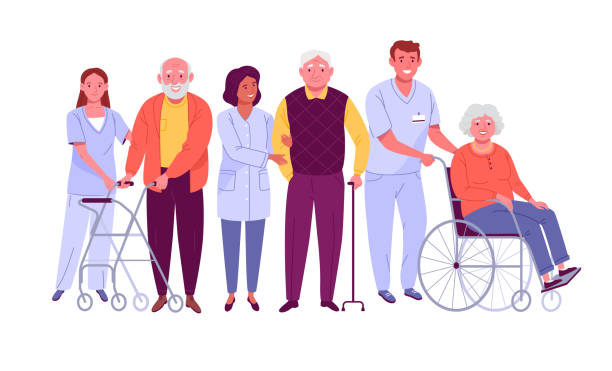The world is getting older, and frankly, most of us aren’t prepared for what that means. By 2050, the number of people over 65 will nearly double globally. That’s not just a statistic—it’s your parents, your neighbors, and eventually, you and me. We need to start talking about long-term care like the reality it is, not some distant possibility we’d rather not think about.
What We’re Really Talking About Here
When we refer to “long-term care,” we’re not talking about a brief hospital stay or a few physical therapy sessions. We’re talking about the ongoing help people need when they can’t fully take care of themselves anymore. Maybe it’s your grandmother who needs someone to remind her to take her medications. Or your uncle who can’t safely shower by himself after his hip replacement.
This kind of care happens wherever people need it most. Some folks get help at home—sometimes from family, sometimes from professional caregivers who become like family. Others find community in assisted living places where they can still feel independent but have help nearby. And yes, some people need the full-time medical support that only nursing homes can provide.
The Reality Check We All Need
Here’s a number that might surprise you: about 70% of people turning 65 today will need some form of long-term care during their lifetime. Think about your parents’ friend group—chances are, most of them will need this kind of help at some point. Women typically need care longer than men, partly because they tend to live longer and face higher rates of conditions like dementia.
When Love Isn’t Enough
Think of the woman who quit her job to take care of her mother with Alzheimer’s. She loves her mom dearly, but she’s exhausted. She hasn’t had a full night’s sleep in months, and she’s starting to resent the situation—which makes her feel terrible. This is what we call the “sandwich generation”—people squeezed between caring for kids and aging parents.
The financial aspect is also intimidating. A nursing home can easily cost more than most people’s entire annual salary. Even having someone come to your house a few hours a day can quickly drain your savings. And, regular health insurance usually doesn’t cover much of this stuff.
Why This Matters to All of Us
When older adults get good long-term care, amazing things happen. They stay healthier overall and don’t end up in emergency rooms as often. They maintain their sense of dignity and keep contributing to their communities in ways that matter to them. When families know their loved ones are getting quality care, adult children can keep working and contributing to the economy instead of becoming full-time caregivers themselves.
Some Hope on the Horizon
The good news is that people are getting creative about solutions. Smart home devices can now detect if someone has fallen or forgotten to take their medication. Video calls let doctors check in without requiring a trip across town. These aren’t fancy gadgets for tech enthusiasts—they’re becoming practical tools that help people stay in their own homes longer.
Communities are stepping up, too. Adult day programs give both seniors and their families a break while providing social interaction and supervised activities. Some neighborhoods are organizing to help everyone age in place, sharing resources and looking out for each other.
The Bottom Line
Here’s the truth: aging is a privilege that comes with its own set of challenges. As more of us live longer lives, we need to build communities and systems that support dignity at every age. This isn’t someone else’s problem—it’s all of ours. The sooner we acknowledge that and start planning, the better off we’ll all be when our time comes.



